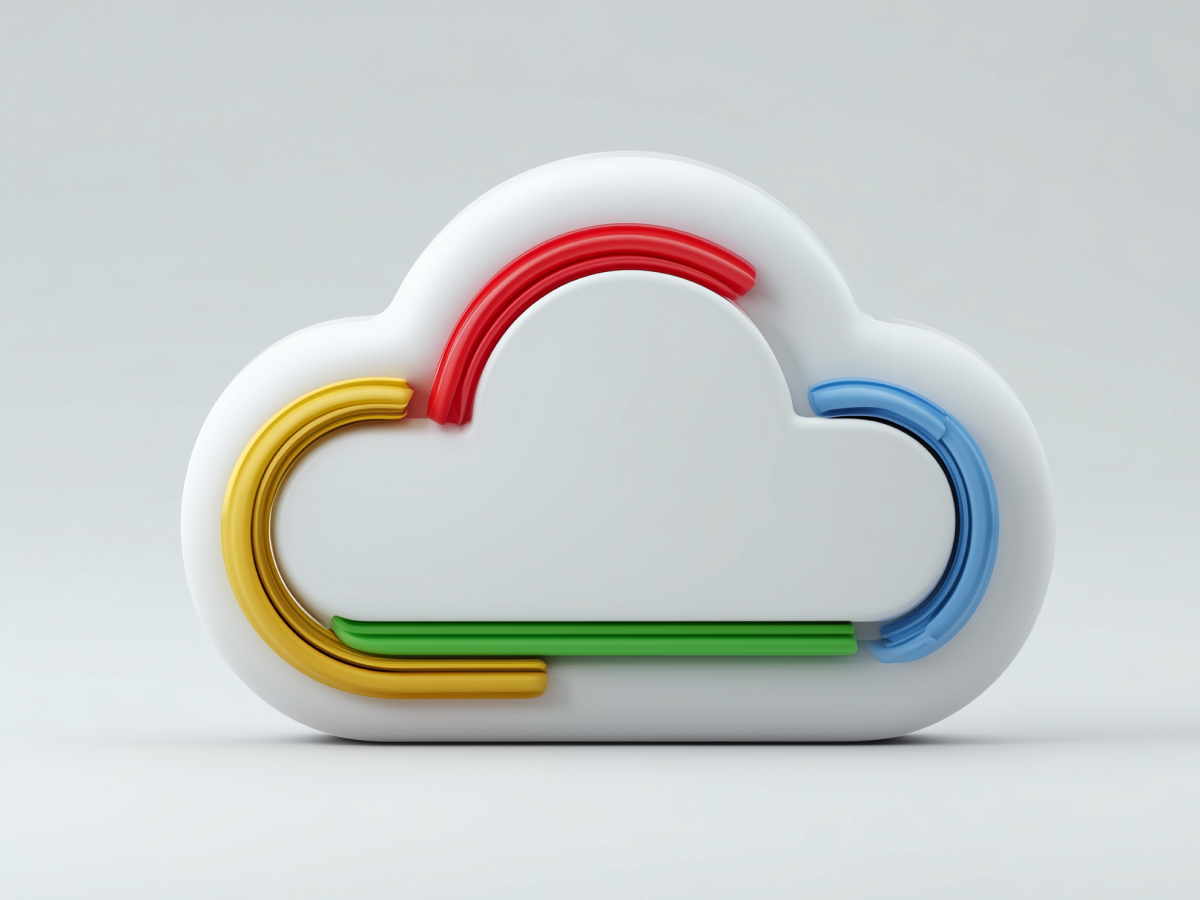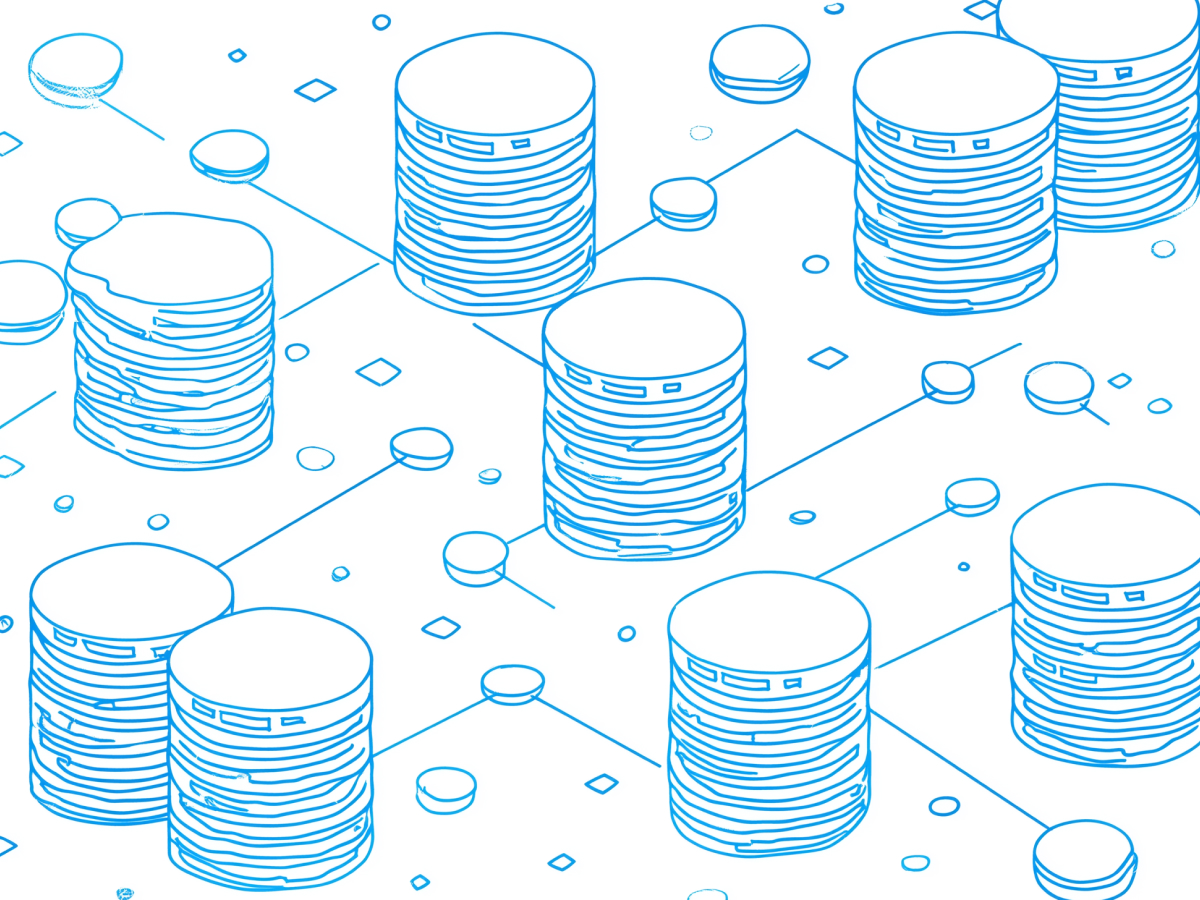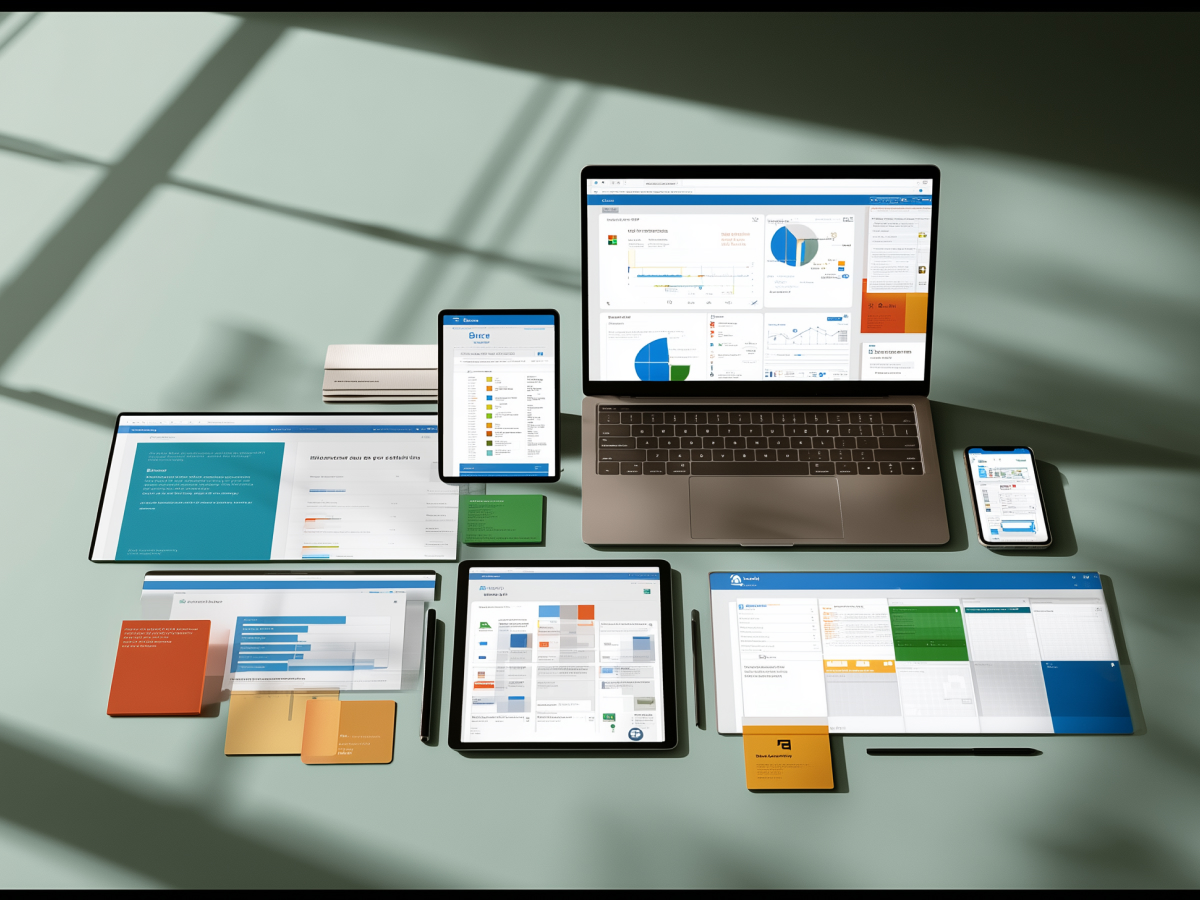Google cloud is revolutionizing partner operations
Partner ecosystems have long been seen as overhead, something to manage. That mindset is obsolete. Google Cloud’s latest play reframes how enterprise tech works with partners, by weaponizing artificial intelligence to simplify, accelerate, and amplify every interaction.
This is precision-intelligent tooling with clear ROI. Google Cloud has rolled out three core AI systems that optimize execution and decision-making across partner relationships: the SOW Analyzer, Bot-Assisted Live Chat, and the upgraded Earnings Hub. Each is built not just to reduce effort, but to elevate performance. They’re fast, smart, and scalable.
The advantage here is in speed and margin. AI eliminates slowdowns caused by back-and-forth reviews, error-prone manual responses, and misaligned forecasts. Partners work faster, revenue cycles compress, and clients get value sooner. For C-suite leaders looking beyond cost-cutting into capability expansion, this matters.
According to recent research, companies implementing AI-enabled partner tools are seeing project delivery times drop by 35%. That’s a fundamental shift in competitive posture. Deloitte, among early adopters, cut SOW prep time by 40% after integrating these tools into its workflows.
Everything here is backed by the same AI backbone that powers Google’s most mission-critical infrastructure, Gemini for reasoning and Vertex AI for machine learning. That’s what you’re plugging into when you sign on with these tools.
The SOW analyzer drastically accelerates statement-of-work preparation
The SOW stage is where most enterprise deals get stuck. It’s slow, full of back-and-forth edits, and everyone, vendors, clients, consultants, wants it done yesterday. Google Cloud’s SOW Analyzer fixes that, not by automating edits, but by thinking through them in your place. It reviews a document and, based on thousands of prior engagements, flags what’s missing, what needs clarity, and what slows delivery.
It’s built on Gemini, Google’s large language model, trained on structured and unstructured deal data. That means drawing insights from historical best practices and high-performing patterns. You don’t get generic suggestions. You get real feedback that actually moves a deal forward.
Partners are noticing. Elaine Versloot, Director of Operations at Xebia, said what used to take her team weeks now takes just a few days. Same experience over at Deloitte, where SOW preparation across cloud migration projects dropped by 40%. These are execution gains you don’t ignore.
Fewer errors. Faster approval. Cleaner handoffs to delivery teams. The impact compounds. Especially when you’re managing multiple complex projects at once.
For enterprise leaders, this means shorter sales cycles, faster revenue recognition, and a leaner approval loop. You’re doing them better, with less room for failure and more room for scale. The SOW Analyzer doesn’t replace humans. It makes them faster, sharper, and more consistent. And that’s where the real value sits.
The bot-assisted live chat enhances partner support
Support shouldn’t be a bottleneck at scale. For years, partners have been slowed by redundant support queries, inconsistent handoffs, and delays in resolving basic issues. Google Cloud’s Bot-Assisted Live Chat changes that by keeping support always-on and always-in-context.
It’s not just another FAQ chatbot. This system operates within the Partner Network Hub 24/7. It handles everything from onboarding clarifications to billing concerns and technical policy questions, instantly. More importantly, when a human needs to step in, context doesn’t get lost. No repeated inquiries. No re-explaining what was already said. The AI hands over a full record, pre-analyzed.
Partners are getting real outcomes. Resolution times are 25% faster. First-contact resolution rates are up, meaning fewer follow-ups, fewer escalations, and smoother partner experience. Venkat Srungavarapu, Senior VP at Zelarsof, confirmed this after integrating the tool. He said it “expertly streamlines simple issue resolution, minimizing the need for extensive explanations.” That’s exactly what smart support should do, handle the majority of queries and preserve human focus for the complex edge cases.
Executives should also take note of external validation. According to McKinsey’s 2024 Digital Transformation study, organizations using continuous partner support models saw 28% fewer implementation delays. This isn’t about marginal improvement, it’s structural risk reduction. Fewer delays. Greater accountability. Better partner trust.
This system runs on Google’s Dialogflow CX and Contact Center AI, enterprise-proven stacks that are extensible beyond Google Cloud’s internal use. So what powers partner ops today can drive your own customer support tomorrow, if you choose. That kind of alignment matters when looking to scale consistently across support ecosystems.
The enhanced earnings hub uses AI to deliver predictive insights
Spending decisions at the cloud level aren’t just about cost, they’re about readiness. Google Cloud’s upgraded Earnings Hub addresses this by pushing beyond reporting into predictive insights. It identifies which SKUs are performing in specific regions, forecasts where customer demand is moving, and empowers partners to plan with confidence.
This isn’t limited to historical data review. This is about forward visibility. Powered by Gemini and Google’s global usage patterns, the tool turns billions of infrastructure signals into clean, strategic intelligence. It tells partners what’s selling, where, and what’s next, so they can go to market faster and with greater accuracy.
Executives who’ve used traditional dashboards know the limits of static reports. This system rethinks that completely. Partners like Spotify and Twitter have accessed similar AI forecasting capabilities through Google’s Vertex AI Forecast and BigQuery ML stacks. For Spotify, that shift delivered a 30% efficiency gain in resource allocation. That opens up budget and time where it matters most.
Quarterly resource planning and procurement reviews become sharper with this kind of visibility. You’re not managing infrastructure. You’re anticipating demand, and preparing accordingly. Whether you’re adjusting sales targets or infrastructure capacity, this clarity enables action at the right time.
It goes beyond operational efficiency. It’s about decision-making precision. If you want fewer surprises, more predictability, and stronger supplier alignment, this is the model.
Google cloud’s AI strategy streamlines processes and shifts partner performance
A lot of companies talk about digital transformation. Google Cloud is actually operating it, specifically by stripping out the inefficiencies that weigh down partner ecosystems. This isn’t automation for the sake of automation. It’s focused AI deployment designed to increase velocity, reduce administrative drag, and expand partner margin potential.
The AI strategy here is deliberate. Instead of replicating manual processes through bots, Google Cloud removes the process barriers altogether. Statement-of-work creation becomes guided intelligence. Support becomes responsive and asynchronous. Forecasting becomes predictive, not reactive. That creates a compound effect across partner operations, reducing cost per engagement while increasing value per interaction.
The business result is simple: partners close more deals, deliver faster, and retain customers longer. For systems integrators, consultancies, and implementation teams, that translates directly into stronger win rates and better margins. For enterprise customers, it means faster time-to-value and fewer downstream surprises.
The numbers reinforce the story. Organizations implementing these AI partner tools see up to 35% faster project completions. That’s not a moderate gain, it’s a redefinition of delivery speed. And it comes without adding staff, overhauling tools, or rewriting architecture. Just smarter systems in place.
For business leaders, the real takeaway is strategic leverage. AI isn’t just driving partner productivity, it’s creating a competitive differential. Those who adopt early move faster, execute cleaner, and set new expectations in enterprise service delivery. The friction isn’t automated. It’s removed. And that changes what scale looks like.
Key takeaways for decision-makers
- Accelerating partner ecosystem impact with AI: Google Cloud is treating its partner ecosystem as a strategic advantage by deploying AI tools that coach, predict, and simplify operations, enabling partners to move faster and win more deals.
- SOW analyzer cuts time-to-execution: Leaders should prioritize partners using AI-backed tools like the SOW Analyzer, which reduces SOW prep times by up to 40% and eliminates friction in early-stage implementation.
- Always-on support reduces project risk: Implementing AI-powered support like the 24/7 Bot-Assisted Live Chat can shorten resolution times by 25%, minimize project delays, and improve partner satisfaction.
- Predictive insights drive smarter spend: Executives should leverage the Earnings Hub’s AI-driven demand forecasting to optimize cloud spend, improve SKU alignment, and boost allocation efficiency, Spotify reported a 30% gain through similar tools.
- AI strategy shifts from automation to enablement: Google Cloud’s approach focuses on removing, not just automating, admin overhead, driving up partner performance and speeding execution for a 35% average project acceleration.





